Parasites and Pests
Dogs and cats are at risk of contracting parasites from all sorts of environments and situations, so it’s important to ensure that regular treatment and prevention are used to help keep them parasite free and healthy.
-
- • 1 in 5 pets have fleas at any one time
- • 1 in 3 pets have tapeworm at any one time
- • Biting insects can transmit disease and illnesses
- • Parasitic infestations are often symptomless can cause suffering for not just pets, but for humans too!
Anywhere you or your pet go, there is a risk that a parasite could be picked up and brought home. At Pets Corner our team members can help provide up to date advice on preventive treatments and de-wormers to help reduce the risk of parasites affecting your pet. Read on for our easy to read advice on keeping you and your home flea free and your pets safe from a parasite infestation.
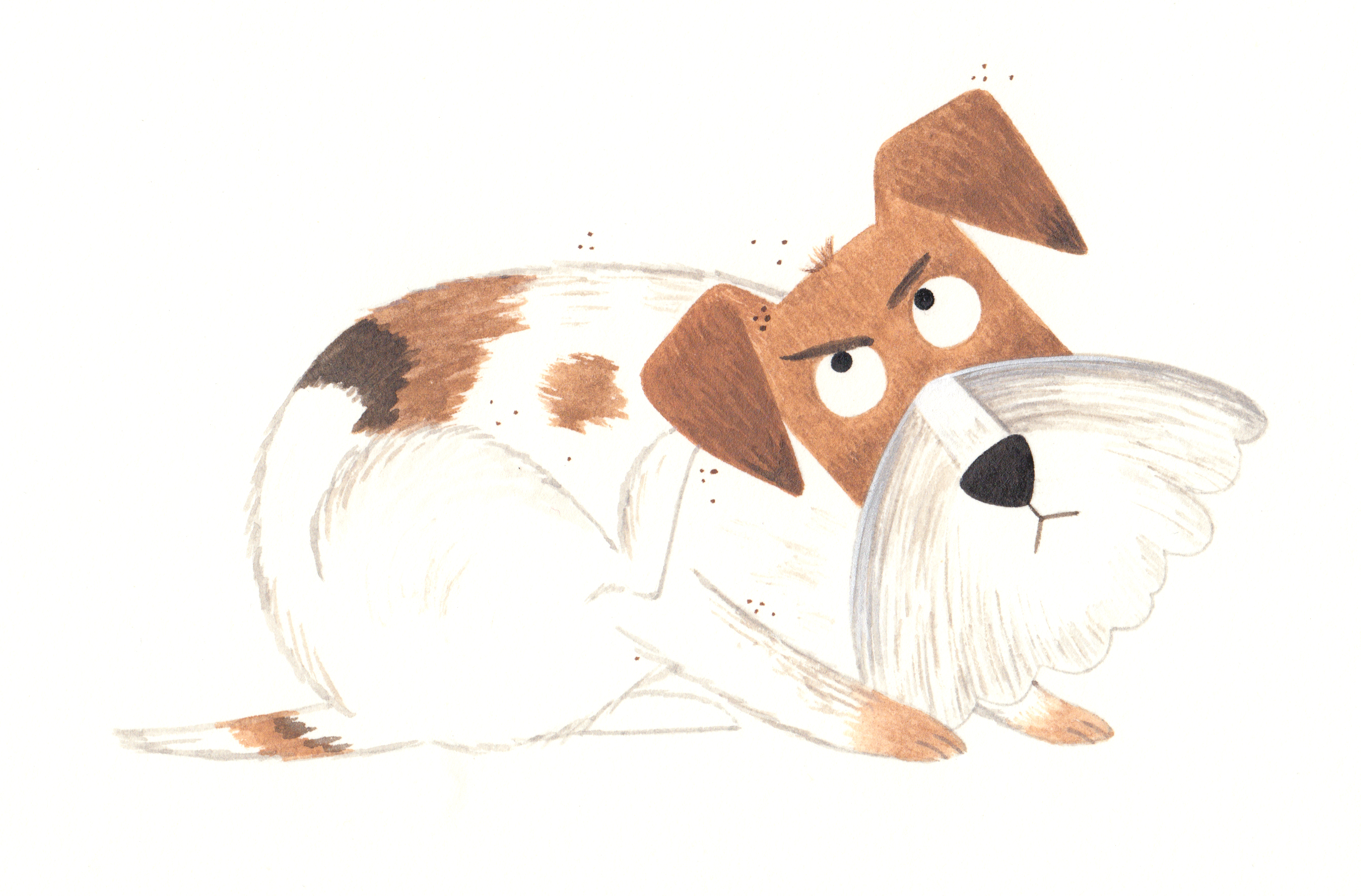
Worming Worries
All dogs and cats will have worms at some point in their lives, with puppies being most at risk. An untreated infestation of worms can cause vomiting, diarrhoea, loss of appetite, weight loss, constipation and a dull coat. Some worms can be passed to humans, especially young children.
It is important that a regular worming routine is carried out to keep worm burdens to a minimum and to reduce potential risk to your pet’s health.
The two most common worms to affect dogs and cats are roundworm and tapeworm:

Roundworms
Look like tiny strands of fine spaghetti and are the commonest type of worm. They may be seen in the faeces of infected animals, although symptoms and signs sadly are not always obvious.
Roundworms can be passed through the umbilical cord (puppies only); through the mother’s milk (Kittens and Puppies); contact with other animal’s faeces, or by eating prey contaminated with worms – usually rodents: large infestations in young animals can cause anaemia and can even be fatal.
Tapeworms
Are made up of segments that form long chains up to half a metre long. The segments look like grains of rice. Tapeworm segments may be spotted around the pet’s bottom or in their faeces, but not in all cases.
These are most commonly contracted by ingesting fleas, faeces or by eating contaminated prey.
Both worms can be passed to humans and are particularly dangerous for children. So, helping to prevent these infectious worms from spreading to other pets and people is incredibly important.
Worming Treatments
Worming treatments are not preventative (they only kill worms in the body at the time) and do not remain in the body for very long: for this reason, routine worming is essential at all ages.
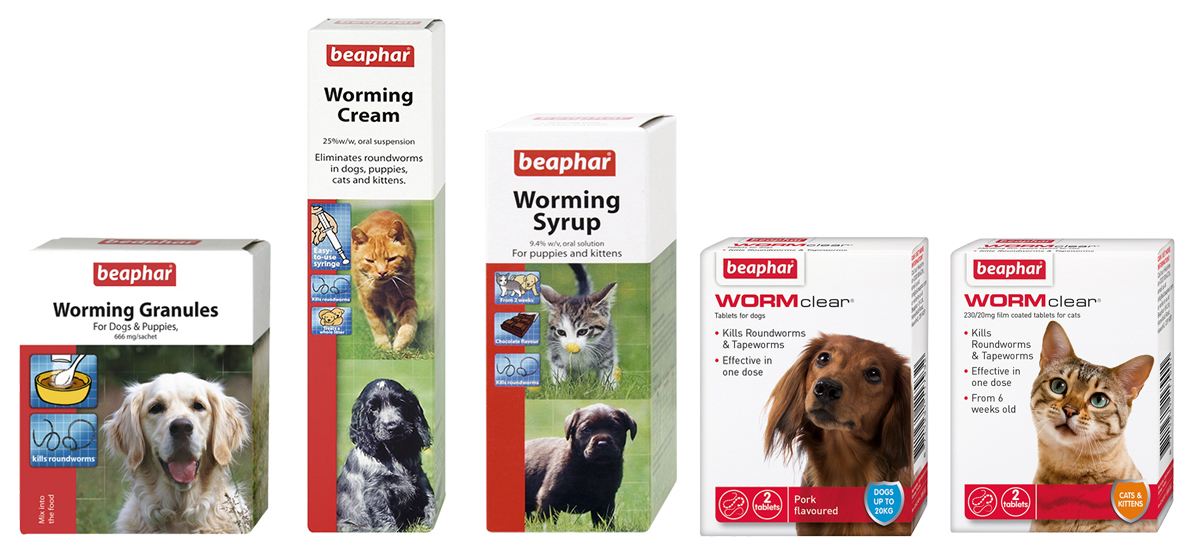
How often should you deworm your pet?
Kittens and Puppies- • Every 2 weeks until 3 months of age (it is acceptable to treat only for Roundworm at this age)
- • Every 4 weeks between 12 weeks and 24 weeks of age (6 months)
- • From this age, dogs and cats should be de-wormed at least every 3 months for the rest of their lives.
Not all wormers treat both Roundworm AND Tapeworm, team members at Pets Corner can advise you on the best treatments. We stock and sell veterinary strength de-wormers to help you and your pet stay on track with your worming routine.
We recommend Beaphar Worming Granules, Cream, Syrup and Tablets.
Fighting Fleas
Fleas affect almost every dog and cat at some point in their lives; this is why we promote flea prevention, as it’s easier, kinder and cheaper than treating an infestation!
There are various products available to treat your pet and house for fleas. Before choosing the right product for you and your pet, you should read the packaging carefully as some treatments only repel fleas, they don’t kill them; others are also extremely dangerous to cats. It’s also very important to ensure you buy the correct product for your pet’s age and weight.

The Plan of Attack
Step 1 – Treat the Home
Fleas in the home make up 95% of the flea population. If the house isn’t treated, the fleas won’t be eradicated! Fleas live in your home as eggs, larvae and pupae; these then hatch into adult fleas and re-infest your home by feeding on your dogs and cats.
- • We always recommend using a Household Flea Spray with an IGR (Insect Growth Regulator). Home treatments with an IGR will help break the lifecycle of the flea and reduce risks of re-infestation by stopping the eggs and larvae from developing to fertile adult fleas.
- • Every room needs to be sprayed even if the pet has no access, as eggs can be transferred by clothing such as socks, slippers and even bedding. Don’t disregard rooms with hardwood floors or laminate – flea larvae are sneaky and will find even the smallest crevice to climb into. Vacuuming before spraying can help to encourage hatching of the pupae and helps eradicate eggs.
- • You may need to be spray more than once as most sprays don’t affect the pupae, first, they have to hatch as they have very hard and strong shells.
- • After spraying resist from cleaning or hoovering your home for at least 7 days. You want to avoid sucking up and cleaning away the spray treatment for as long as possible to ensure there is ample opportunity for the fleas to come into contact with the ingredients.
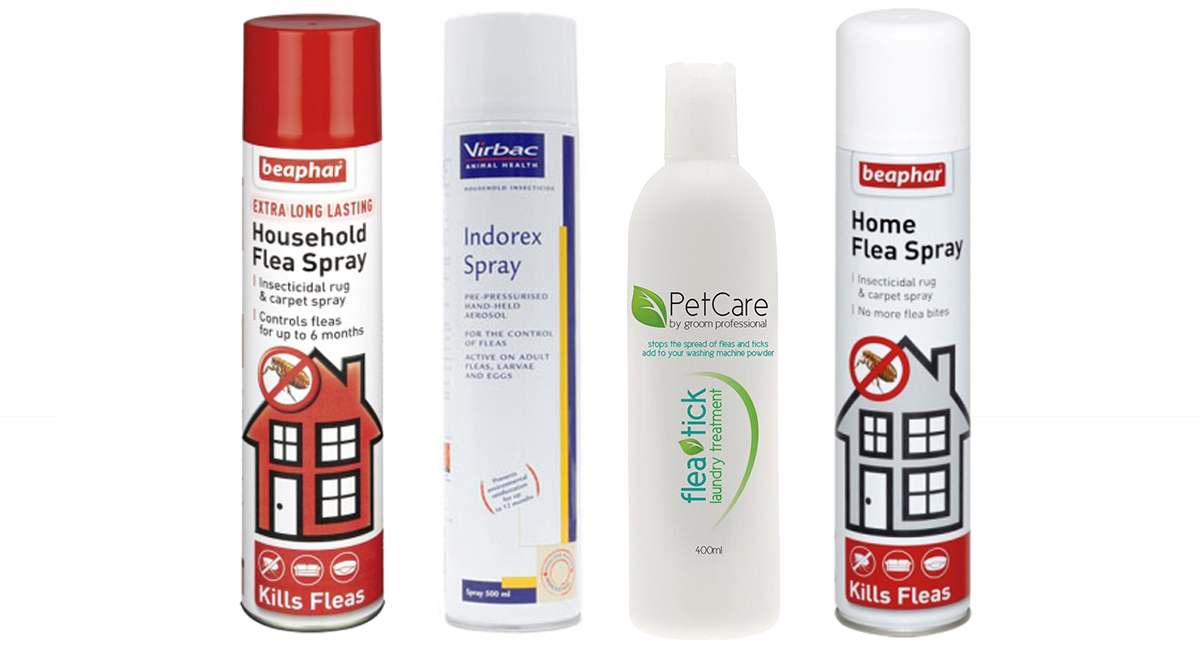
Step 2 – Treat the Pet
Just because a flea hasn’t been seen, doesn’t mean there aren’t any!
There are lots of different products available for treating and preventing flea infestations. Our staff are trained to give you the best possible advice when choosing which product is best for you and your pet. You can choose from Spot On’s, Tablets, Flea Collars, Sprays & Powders and shampoos.
Most of our branches are licensed to sell effective veterinary treatments for flea protection, such as Frontline and Advantage.

Spot On’s
Spot ons are applied by parting the fur at the back of the pet’s neck and squeezing the solution onto the skin. Spot Ons are easy to apply and long lasting (most last around 4 weeks, but be sure to check the packaging), and many are very effective. Using a Spot On is a great way of preventing fleas becoming a nuisance to your pet and your home.
If your pet currently has fleas then make sure you choose a Spot On that states ‘Kills Fleas’ and not ‘Repels Fleas’, as the latter is only a preventative measure. Some Dog Spot Ons are toxic to cats so ensure you use the correct product for your pet!
We recommend Beaphar FIPROtec Spot On available for dogs and cats of all sizes.
Tablets
Flea tablets are available for dogs and cats; they kill adult fleas on your pet and start working after only 15 minutes. As the tablets last 24 hours and only kill adult fleas it’s best to use them in conjunction with a Spot On. These can be especially helpful if you are battling an infestation in the home.
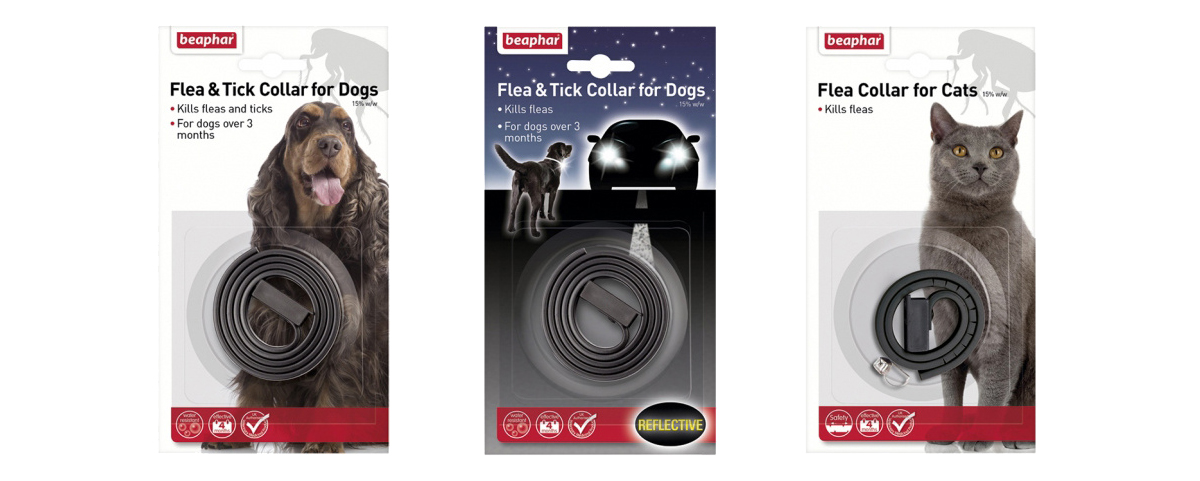
Flea Collars
Flea collars are a convenient way to deter fleas from your dog or cat, they usually last at least 4 weeks (collars vary, check the packaging), and come in a range of designs.
However, effectiveness does differ between products, many only kill adult fleas; flea collars can also cause irritation so they are best avoided if your pet has sensitive skin.
Flea collars SHOULD NOT be used in conjunction with Spot On treatments. This can cause skin irritation and potential over dosing of active ingredients.
Caution should be taken with collars being used on pets who share homes with young children and older generations with weaker immune systems – always read the packaging carefully.
We recommend Beaphar Flea Collars available for cats & dogs.
Sprays & Powders
We stock aerosol and pump flea sprays.
Aerosol sprays are not ideal for cats as the hissing noise can distress them.
Correct application of flea sprays and powders can be time consuming, and most kill and prevent fleas for less than a week, so before use always read the packaging carefully and ensure it is fit for purpose.
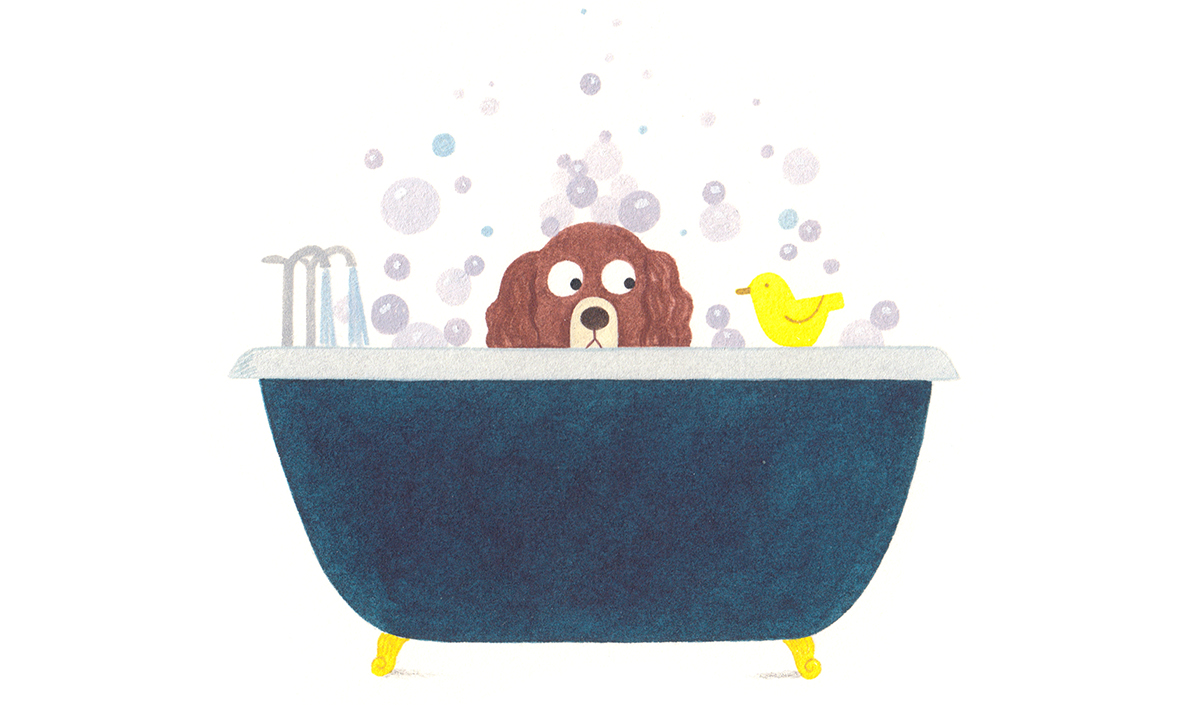
Shampoos
Bathing the pet in a flea shampoo before applying treatment is beneficial as it will help remove fleas and eggs from the coat. The coat must be completely dry before treatment is then applied.
Flea shampoos should not be used solely on their own as flea preventative measure.
We recommend Herbal & Health Flea Or Die Shampoo which is a completely natural formula suitable for all animals.
Step 3 – De-Worm the Pet
Fleas can carry tapeworm: when the pet grooms it ingests the fleas and contracts the worms.
Flea Allergies
Some pets are allergic to flea bites/saliva; this is known as FAD (Flea Allergic Dermatitis) and it is extremely uncomfortable. If the pet is suffering from flea related hair loss, inflamed skin, or appears to be in discomfort in any way then veterinary advice should be sought.
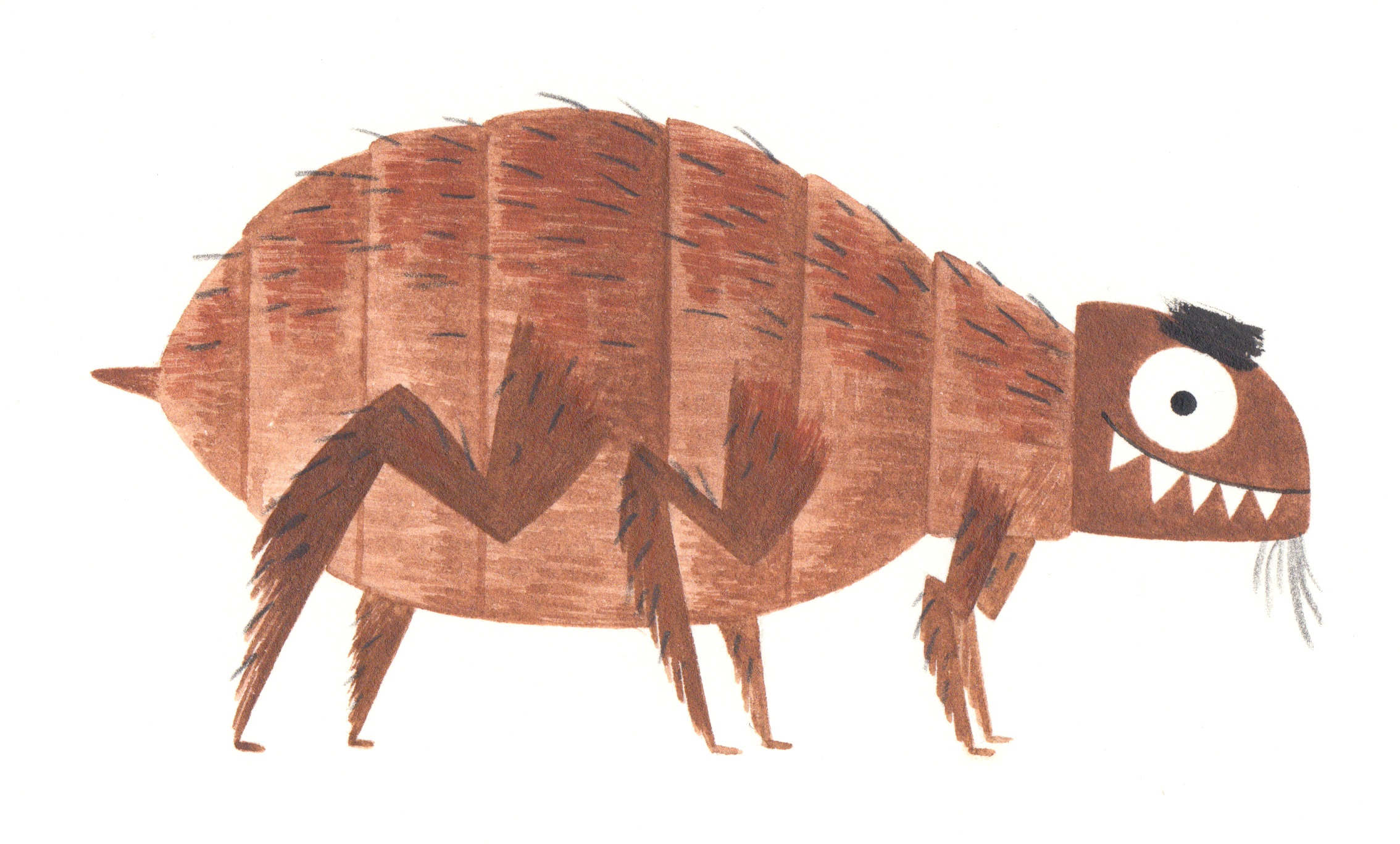
The Trick to Ticks
Pets usually pick up ticks during walks or when investigating the country side. But they can also pick them up in our gardens and any other areas with foliage. Ticks can transmit disease and cause great discomfort, so it always best to act quickly.
It is important to remove ticks within 48 hours to avoid disease transmission.

As with fleas, prevention is always better than cure. It is best to use a flea treatment that also repels and kills ticks. This is the safest and easiest solution.
Ticks can be removed with tick removers, specially designed to remove ticks cleanly and safely with minimal discomfort to your pet. You must be sure to remove the tick carefully, detaching the head without squeezing the tick’s body. If the head is left in it could become infected.
We recommend O’Tom Tick Twister.

